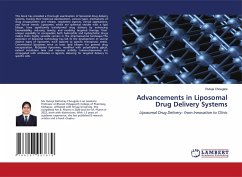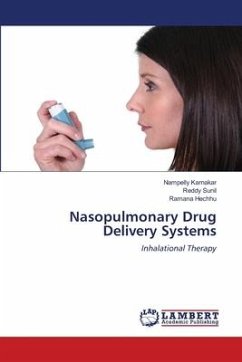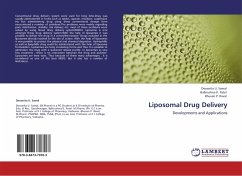This book has provided a thorough examination of liposomal drug delivery systems, tracing their historical development, various types, mechanisms of drug encapsulation and release, regulatory aspects, clinical applications, and future trends. Liposomes, which are spherical vesicles with a lipid bilayer, have significantly transformed drug delivery by enhancing bioavailability, reducing toxicity, and enabling targeted therapy. Their unique capability to encapsulate both hydrophilic and hydrophobic drugs makes them highly versatile carriers in the pharmaceutical landscape.The evolution of liposomal technology has led to the development of several distinct types of liposomes, each tailored to specific therapeutic needs. Conventional liposomes serve as basic lipid bilayers for general drug encapsulation. PEGylated liposomes, modified with polyethylene glycol, extend circulation time and improve stability. Immunoliposomes are conjugated with antibodies or ligands, allowing for targeted delivery to specific cells.
Bitte wählen Sie Ihr Anliegen aus.
Rechnungen
Retourenschein anfordern
Bestellstatus
Storno








